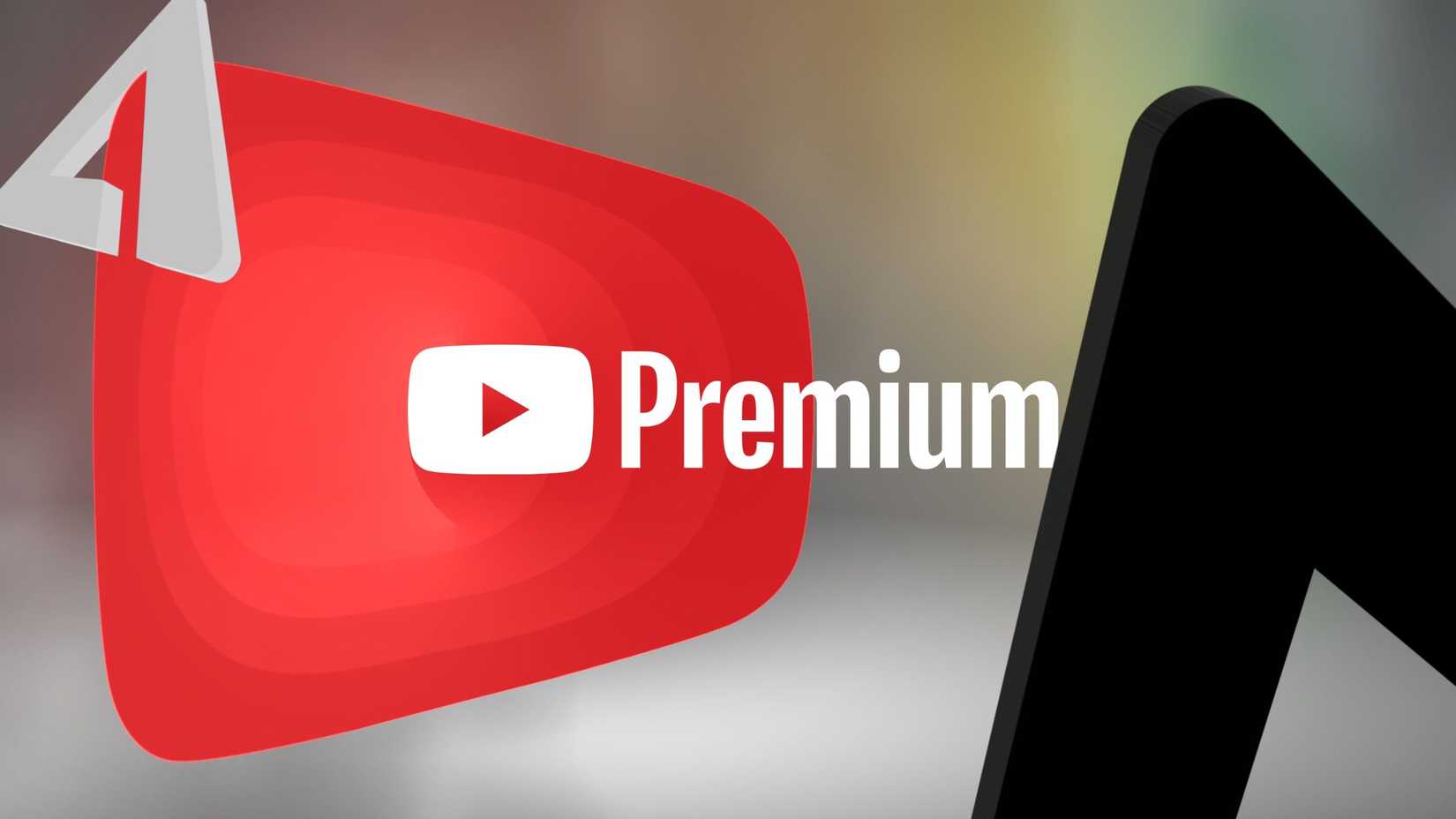Google Keep has been my go-to note-taking app for years. Features like pinned notes, checklists, photo support, and color-coded cards made the app feel like the perfect home for all my notes. Over time, I found myself constantly digging through dozens of cards, searching for what I needed. I had notes, to-do lists, bookmarks, quotes, shopping lists, and random thoughts all squashed together.
I’d been hearing whispers of Obsidian, a markdown-based note-taking app known as a “second brain,” for months. At first, it felt like a wild leap from simple notes to a knowledge management system. But after using Obsidian exclusively for a few weeks on my phone, I stopped missing Keep.
Why I outgrew Google Keep and switched to Obsidian
Obsidian quickly became my primary note-taking app
Google Keep is great for quickly capturing ideas, but it wasn’t easy to organize. Although labels help, the system is clunky. Once you have more than 50 notes, finding anything becomes a chore. Other drawbacks include the absence of backlinking, limited formatting, and lack of structure. I needed a more flexible system that could help me organize my ideas instead of burying them in an endless sea of cards.
Obsidian had been on my radar for some time, but its complexity initially deterred me. I wasn’t trying to write a thesis or ramp up my productivity. I just wanted to take notes that I could use later. But what convinced me to give it a shot was the promise of bidirectional links between notes, folders, and plugins for customization.
So, I backed up my Google Keep notes and used Takeout to export all my Keep data. Finally, I imported the .zip file into Obsidian using the Importer plugin. It’s worth noting that I installed the official Obsidian Importer plugin from Community Plugins under Settings.
Setting up my mobile workflow
I got my notes organized in a jiffy
Obsidian stores all your notes as plain-text markdown files in a folder called a vault. I created a new vault inside my phone’s internal storage and synced it using Google Drive via the FolderSync app (though Obsidian’s sync service is also available). You can use Obsidian Sync (a paid service) or another tool such as Syncthing.
Once I had the vault on my phone, I set up a few basic folders, like Inbox (for quick notes), Tasks, Writing, Daily Notes, and Book Notes. I also installed a few mobile-friendly plugins, like Tasks, QuickAdd, Daily Notes Viewer, and Calendar.
How Obsidian changed my note-taking habits
The app forced me to slow down and reflect
Initially, adapting to Obsidian was challenging. The interface was completely different from that of Google Keep, and I was overwhelmed by all the new features. The Markdown syntax took some adjusting. I couldn’t just scribble random notes: I had to think about where the note was going, how to tag it, and whether it needed a backlink.
But by the end of the first day of using the app, I had captured everything I needed. I noted down a few article ideas, a grocery list, and a reminder to call my bank. After a few days of tinkering with the app, I started linking my ideas with notes I had jotted down earlier. For instance, I would link a pitch with another note about productivity tools. My running list of writing prompts became a hub, linking out to half-formed thoughts I’d jotted down earlier. When I opened a note, Obsidian showed me what else it connected to, which was something Keep could never do.
I used the QuickAdd plugin to jot down my ideas. I set it up so that it automatically adds a new blank note to my Inbox folder and prompts me to give it a title. Although it wasn’t quite as fast as Keep, it helped me organize my thoughts so I could process them later. Also, typing in Markdown became second nature quickly. I started using #tags, [[links]], and – [ ] tasks to add structure to my notes.
What I missed about Google Keep (and how I adapted)
Obsidian isn’t the perfect substitute
For someone used to Keep’s simplicity, there are a few things I miss. However, I still found a few ways to work around some shortcomings. For instance, I would use Keep’s Drawing feature for sketching layouts or ideas. In Obsidian, I use the Excalidraw plugin for doodling. I also missed reminders. Obsidian doesn’t have built-in notifications, so I had to rely on my calendar or a task app like TickTick for time-based alerts.
Obsidian made me a better note-taker
At first, moving from Google Keep to Obsidian felt intimidating. I worried it would be too technical or rigid. But after a couple of weeks, I stopped missing Keep entirely. I could connect meeting notes to project outlines, link ideas across categories, and build something that felt like more than a digital junk drawer.
If you use Keep strictly for quick grocery lists or reminders, Obsidian might feel like overkill. But if you’ve ever wished your notes were more searchable or better organized, Obsidian is worth trying.




